1993 - The Kids’ Cancer Project Begins
01/01/1993
Col Reynolds founds the Oncology Children’s Foundation, which is later named to the name still used today, The Kids’ Cancer Project. The OCF was initially focused on cancer care, improving the quality of life of a child while they received therapy.
Five-year survival rates at this time sit at approximately 73%.
Five-year survival rates at this time sit at approximately 73%.
1995 - Radiation Therapy Becomes Safer
01/01/1995
Advanced radiation therapy techniques are adopted in Australian clinics, reducing long-term side effects in childhood brain tumour survivors, including cognitive decline and hormonal imbalances. More precise radiation delivery methods allowed for targeted treatment of tumour tissues while sparing surrounding healthy brain structures, thereby reducing the risk of long-term complications.
1998 - Monoclonal Antibody Trials Start
01/01/1998
The first clinical trials of monoclonal antibody therapies for neuroblastoma begin. These therapies target an antigen within neuroblastoma cells while leaving normal tissues unharmed. They also assist the immune system in identifying and attacking neuroblastoma cells while minimising damage to healthy tissue.
1999 - Childhood Cancer Survival Reaches 80%
01/01/1999
Five-year survival rates for childhood cancer reach 80% in Australia.
